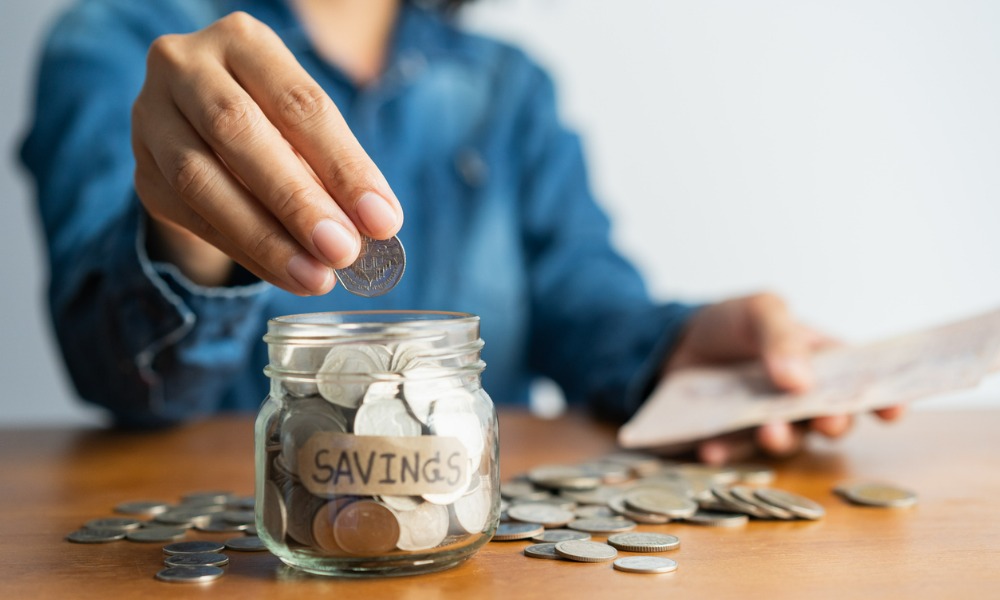Prospects of a post-pandemic spending boom depend on the distinction between different groups of savers

For many pundits and analysts, the light at the end of the tunnel that is the COVID-19 crisis has been the prospect of a surge in spending as vaccinations allow the unleashing of pent-up demand. But based on certain interpretations of savings data, that may not be the scenario that plays out.
One hallmark of the pandemic economy has been an increase in savings rates across the world. In the spring of 2020, savings rates reached record highs – Australia, the U.S., and countries across Europe all hit numbers above 20% at various points in Q2 2020 – as government-imposed lockdowns, stimulus checks, and a variety of other factors coalesced.
“However, even as economies have reopened, savings rates have stayed unusually high,” noted a recent article from Barron’s. As of March 2021, Australia’s household savings rate was nearly 12%, while the U.S. saw savings rates at 14.9%. Data from Germany, the U.K., and Canada all showed an increasing savings trend.
The question basically boils down to what type of savers are fuelling that build-up in finances.
At the beginning of the pandemic, countless households became forced savers. Able to keep their jobs and income but kept from spending it because of lockdowns and changes in lifestyle, these people were able to save by spending less on items such as meals out, travel, and transportation.
Of course, not everyone was able to do this. While higher-income households were more likely to be able to bolster their wealth, many lower-income households were jolted by sudden job losses, increased spending on household utilities, and limited grocery options.
Another group, precautionary savers, could be on the rise. Shaken by the events of the pandemic, these consist of people who are financially prepping for the next downturn or economic calamity. Lower-income households who are able to save for a rainy day are likely to do so, as are retirees increasingly fearful of outliving their nest eggs.
A year in the pandemic economy may also have permanently changed some household’s consumption habits, creating a third group of savers. As noted by Barron’s, U.S. spending on restaurants and food has recovered, but it hasn’t been the same for hotels and restaurants. Data from Australia also shows lower mobility to retail and recreation compared to a year-ago baseline.



